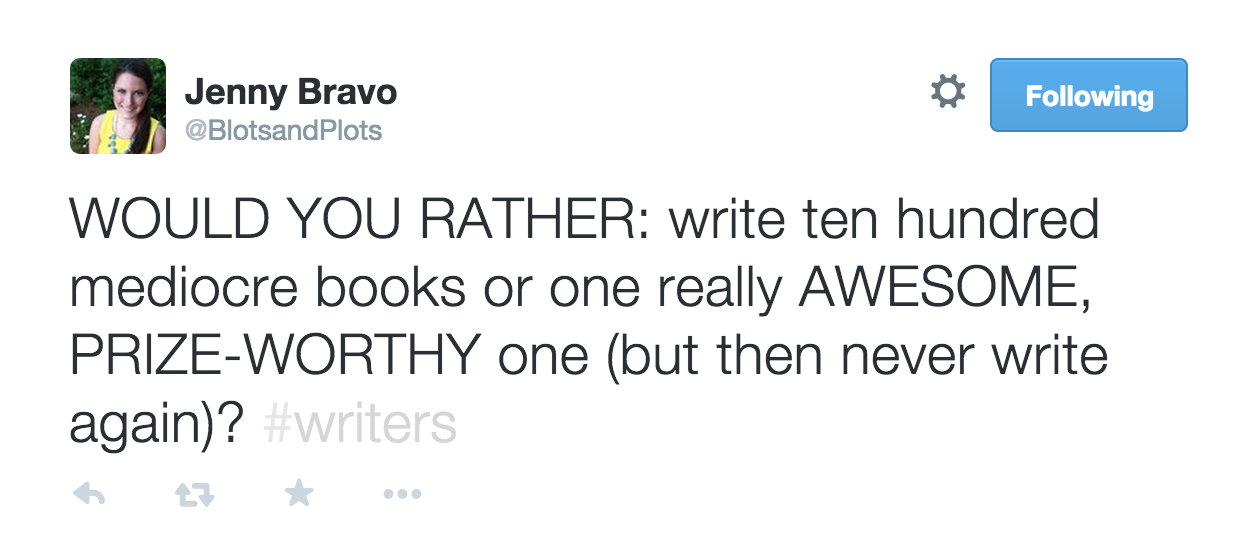You usually don’t hear the saying “quantity beats quality” a lot. It’s usually the other way around, and for good reason.
Quantity, however, beats quality in certain circumstances. A perfect instance is when a person is trying to learn a new skill and/or get better at something.
We all want to learn something new. When I worked as a news reporter a few years back, several of the journalists wanted to write novels (typical stereotype, I know). When I was taking classes at Texas State University, many other mass communication students wanted to learn coding or design.
Did ever get around to learning the skills? Some did, most didn’t. In my web design class, many of the students I talked to didn’t like the progress they were making towards learning coding and building their websites. When I asked them about how often they practiced, they mentioned only working on their websites during class time (which was a once a week night class).
It brings me to a thing I’ve seen over and over, learning by immersion, making as much as possible and treating what you’re learning about seriously.
I recently read a Fast Company article about this very topic: learning a new skill by doing it every day, embracing quantity over quality (in a good way).
The article has a bunch of examples ranging from a lady who taught herself graphic design in six months and got a job as a designer and a woman who make 180 websites in 180 days.
Outside of the article, I can think of another example: coding bootcamps. Around the county there are programming bootcamps that last on average three months and teach people to code and become web developers. In most of the bootcamps, student put in between 60-80 hours a week learning how to code. They live and breath it.
During the month of November, thousands of new and seasoned writers aim to complete the goal of writing a 50,000 word novel in the month known as NaNoWriMo (National Novel Writing Month). The task is to write at least 1,667 words everyday and doing word sprints everyday.
The point is to just start doing it (whatever “it” might be) and do it everyday. One of my goals for next year is to learn a lot more about graphic and web design. I know in the beginning a lot of what I produce is going to be subpar or downright crappy, I (and you!) just have to keep going.
Even with things you can’t or shouldn’t do everyday (like say running to train for a marathon), visualize and think about it everyday. Think about how you can improve. Give it 100 is a great site for inspiration from people who have worked toward their goal everday for 100 days.
Never settle and let frustration consume you, keep moving forward and you will get better.
I have a lot I want to learn in graphic and web design. I’m going to be practicing everyday and reading up on design theory and layout.
I wish you all the best in your journey toward a new skill.
Cheers! Happy Learning!










































